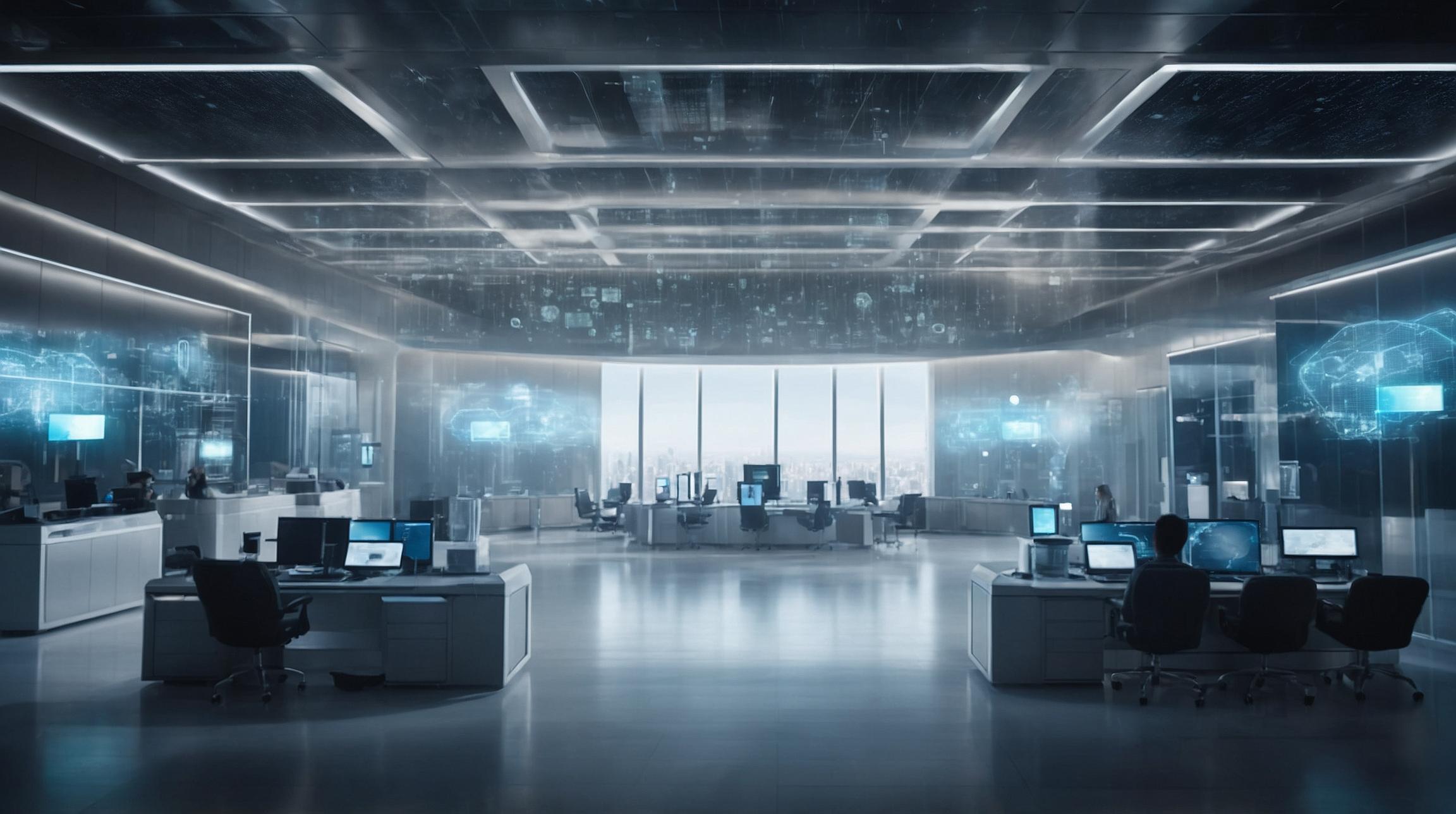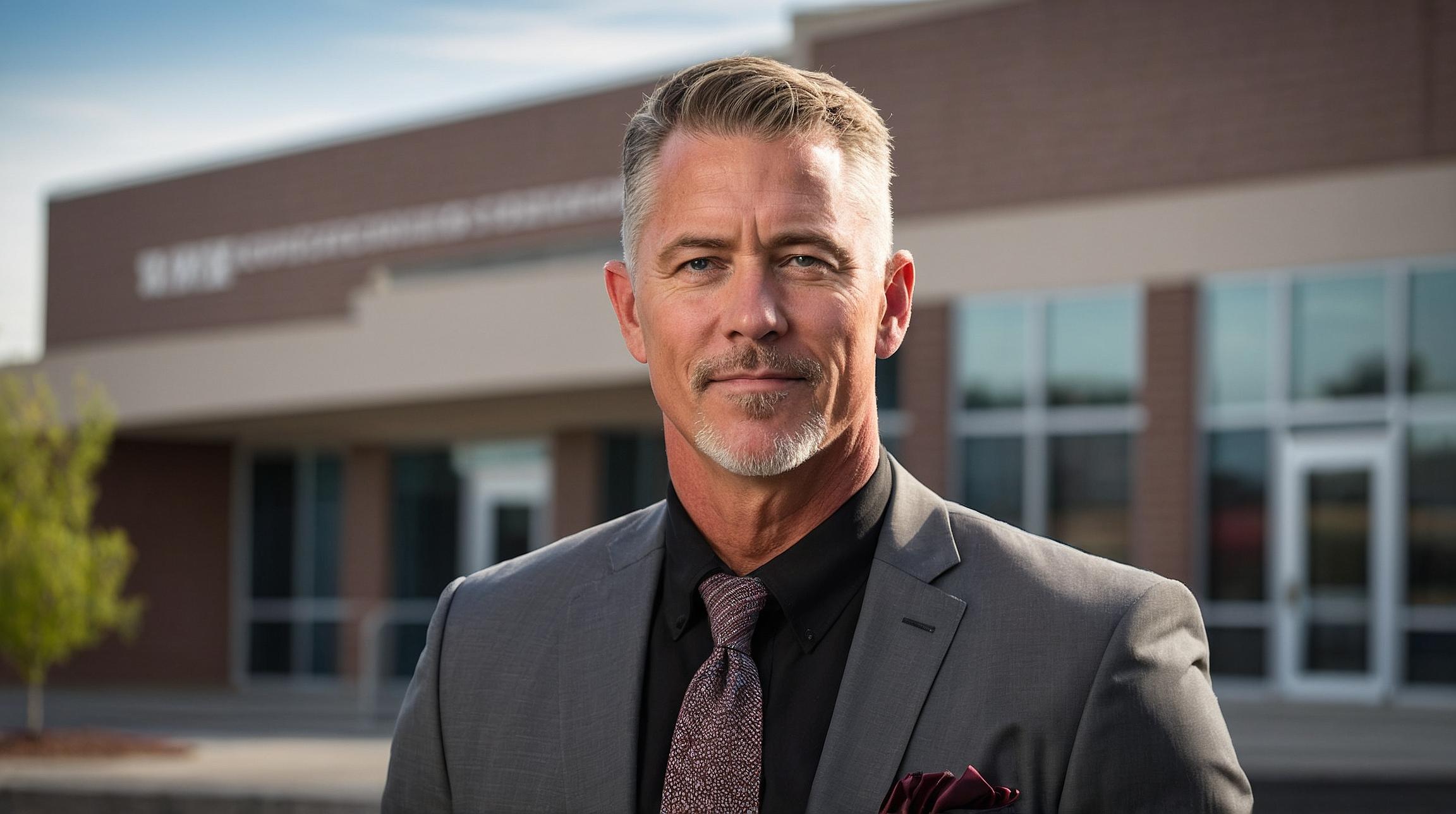Reducing Attack Surface Area
As part of its ambitious Secure Future Initiative (SFI), Microsoft has taken significant steps to enhance its cloud security by eliminating 730,000 unused applications and 5.75 million inactive tenants. This move is aimed at reducing the potential areas where cybercriminals can exploit vulnerabilities.
To put it simply, think of these applications and tenants like rooms in a hotel. If too many rooms are left open and unattended, they can become easy targets for intruders. By closing these unused rooms, Microsoft is making its 'hotel'—or cloud environment—much safer.
Strengthening Identity Verification
Microsoft has introduced more stringent identity verification processes, such as video-based verification for 95% of its production staff. They've also updated their Entra ID and Microsoft Account (MSA) systems to better handle the creation, storage, and rotation of access keys in the cloud. This is similar to changing your locks regularly to ensure that only authorized people have access.
Enhancements in Device Security
Deploying 15,000 new, locked-down devices for software production teams is another critical step. These devices are like secure safes that are hard to break into, ensuring that sensitive operations are conducted in a controlled environment.
Network and System Security
To boost network security, Microsoft now maintains a comprehensive inventory of over 99% of physical assets. This means they have a detailed list of all equipment in their network, helping to prevent unauthorized access. Additionally, virtual networks are isolated from the corporate network, much like keeping a visitor's area separate from private offices.
Engineering Systems Protection
Microsoft has streamlined its software development process by using centrally managed pipeline templates. This means 85% of its production builds for the commercial cloud now follow a standard, secure method. It's akin to using a trusted recipe for cooking to ensure the same high-quality outcome every time.
Organizational Changes for Security
In efforts to hold top executives accountable for security, Microsoft has tied their compensation to achieving specific security goals. This creates an environment where everyone from the top down is focused on maintaining secure systems.
Response to Previous Breaches
These enhancements follow major breaches in Microsoft's network by groups like China’s Storm-0558 and Russia’s Midnight Blizzard. The attacks exposed vulnerabilities, prompting Microsoft to revamp its security culture and strategies.
The U.S. Department of Homeland Security's Cyber Safety Review Board gave recommendations on improving identity and authentication methods, which Microsoft has acted upon. By addressing these areas, Microsoft aims to build a robust defense against future threats.
Microsoft's dedication is further highlighted by allocating resources equivalent to 34,000 full-time engineers towards this initiative, marking it as one of the largest cybersecurity efforts in history.
Overall, Microsoft's comprehensive measures under the SFI reflect its commitment to reducing vulnerabilities and enhancing security to protect its cloud environment and user data.













